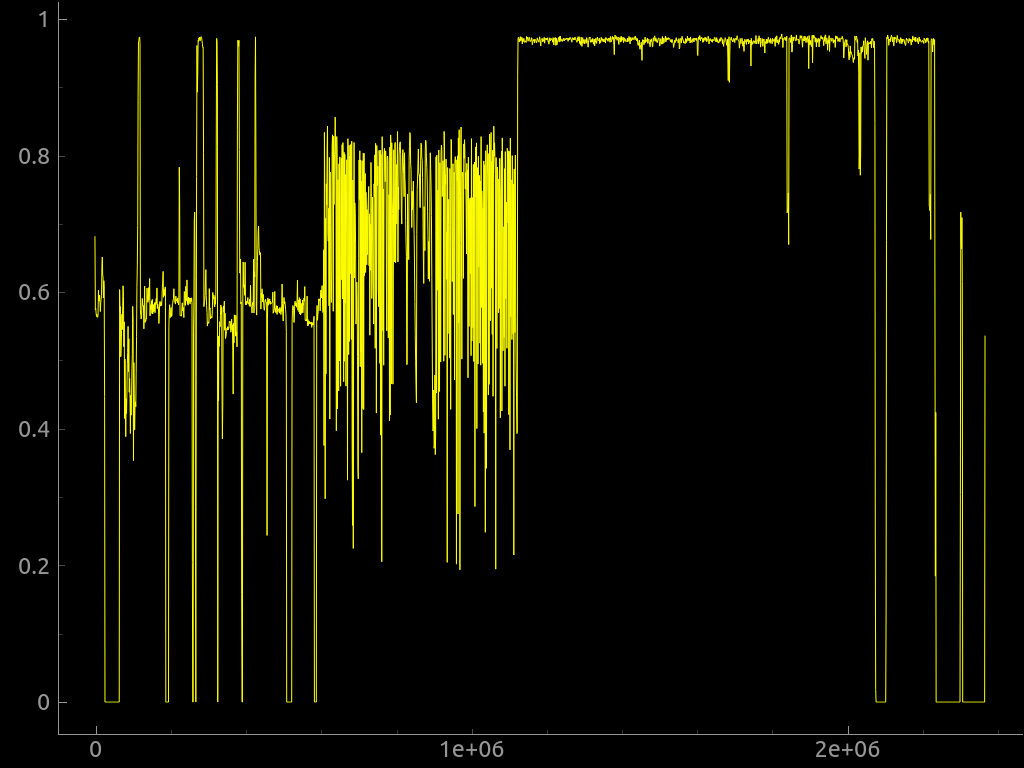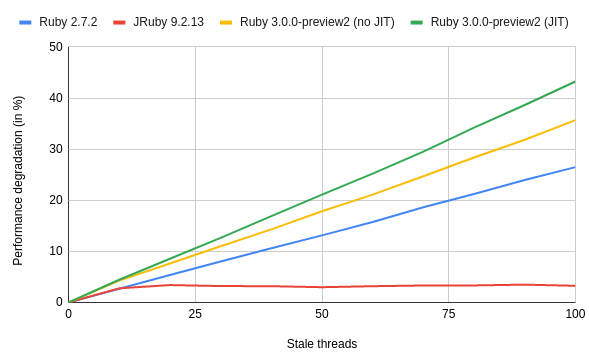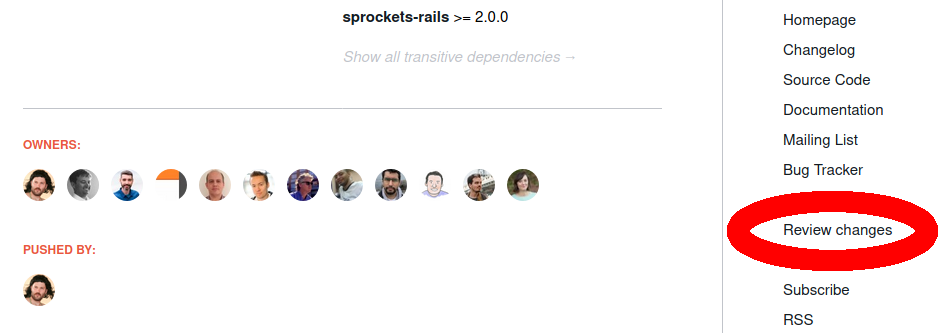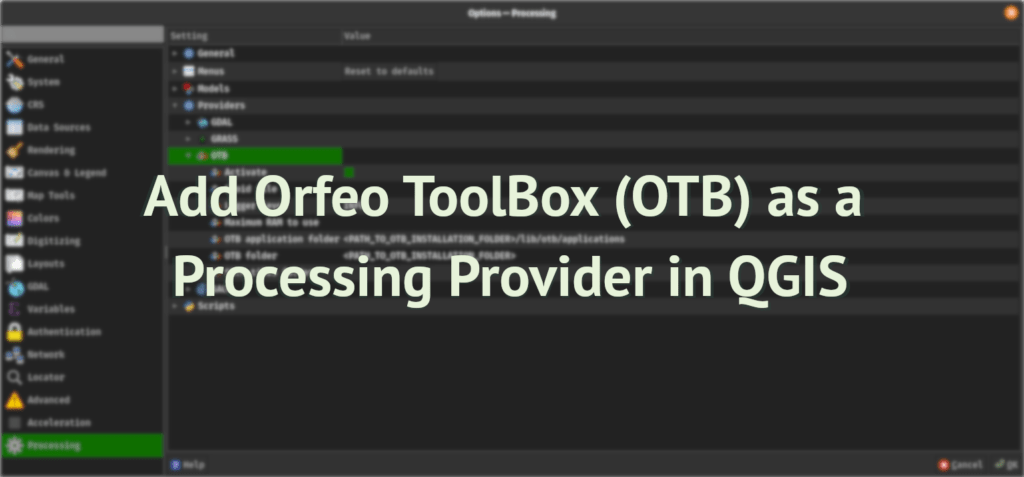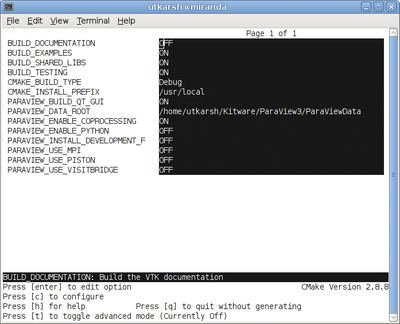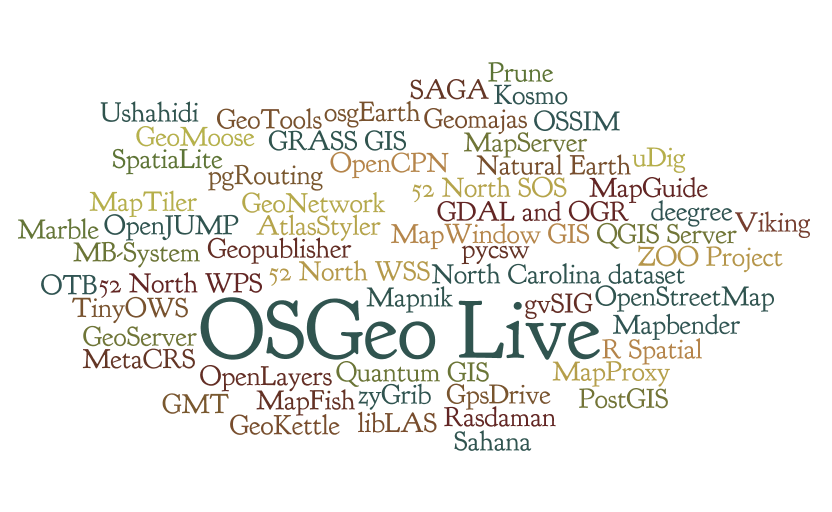Reading the uncompressed GZIP file size in Ruby without decompression
RubyGems dependency confusion attack side of things
How requiring a gem can mess up your already running application
The hidden cost of a Ruby threads leakage
Diffend – OSS supply chain security and management platform for Ruby
Building a Ractor based logger that will work with non-Ractor compatible code
How to install QGIS 3 on Ubuntu
The last days I was asked a lot, how and where to install the new QGIS 3. Until now there are no Windows binaries available (as far as I know…). But you can install and run QGIS 3.0 on Linux. If you are running Ubuntu 17.10 (artful) or even 18.04 (bionic) (beware, it’s still alpha […]
The post How to install QGIS 3 on Ubuntu first appeared on GIS-Blog.com.
How to install ESA SNAP on Ubuntu Linux
Today, someone who wants to switch from Windows to Linux asked me if I could help him run ESA SNAP on Ubuntu. I thought it would be interesting for the blog, too. For those who don’t know: ESA SNAP (Sentinel Application Platform) is the common architecture for all Sentinel Toolboxes. There is no SNAP package […]
The post How to install ESA SNAP on Ubuntu Linux first appeared on GIS-Blog.com.
OSGeo-Live: the best open source GIS ready to use package
GIS open-source? We often talk about QGis, GRASS, gvSIG and sometimes about GPSprune to edit GPX paths or JOSM to manage data from OpenStreetMap. But the software available under this type of license (open source & free software) is much wider. The live project OSGeo, is an operating system that collects most of this software and […]
The post OSGeo-Live: the best open source GIS ready to use package first appeared on GIS-Blog.com.


